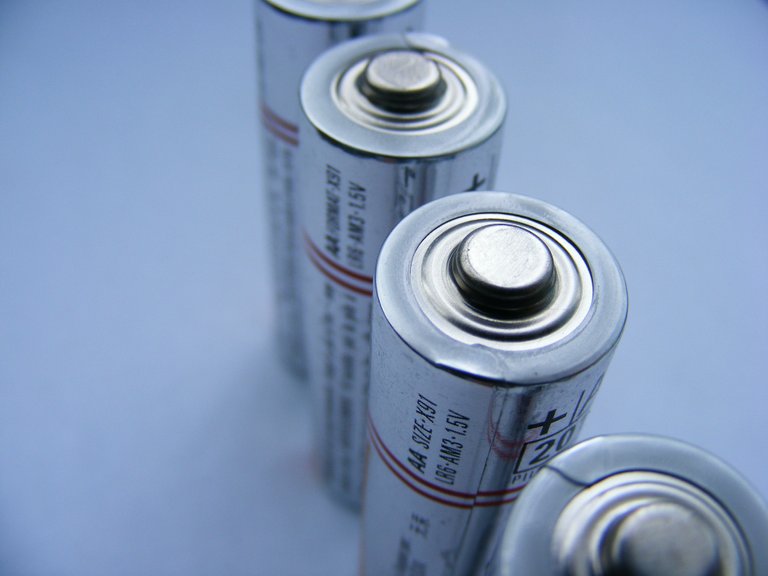Breakthrough Room-Temperature Liquid Metal Battery
Liquid metal batteries could be an interesting technology for various applications. But until now, their high temperatures which did not go under 240° Celsius did not make them very useful. That is all about to change.

Image by Emilian Robert Vicol from Pixabay
- Be also sure to check out my other posts and follow me @kralizec and subscribe to my Youtube channel at Kralizec Gaming Youtube Channel
Nowadays, the most common rechargeable batteries are lithium-ion batteries. But they aren’t the only type of batteries out there. Battery technology is one of the most intensively researched subjects and a whole lot of types – including some very exotic ones – exist. Now, a battery created at the laboratories of the University of Texas at Austin comes into the lot.
The new battery expands on the existing liquid and solid batteries trying to mix them into an effective design that combines the best of both worlds. It is the first completely liquid rechargeable battery that works at room-temperature. And experiments show that it performs better than traditional lithium-ion batteries.
The liquid metal batteries have electrodes which are (unsurprisingly) made from liquid metals. Such devices are less prone to get damaged over time compared to solid batteries. And at the same time it is easier to make them in different sizes. You just change the size of the liquid-container. The problem such batteries tend to have is their temperature. To keep the metals in the battery liquid we needed temperatures of at least 240° Celsius. That obvious complicates the things as the battery needs to be more massive, need heating and thus use up more energy.
That is why Yu Ding and his colleagues searched for metals that could be used in liquid metal batteries while staying liquid at more reasonable temperatures. They ended up with an anode from a sodium-potassium alloy and a cathode from gallium and indium. Such a battery stays completely liquid at just 20° Celsius. This – according to the researchers – is the lowest operating temperature of any liquid metal battery ever.
The liquid metal electrodes in the battery are separated using an organic electrolyte which is liquid as well. According to the Ding’s team their new battery can be charged and discharged faster than lithium-ion batteries. While having a higher energy density. And thanks to breaking the temperature barrier we will now be able to start making liquid metal batteries that will run various types of electronics from small wearables to large systems for storing surplus electricity.
The researchers also say that there is still a lot of space to make the technology batter. Gallium is still expensive so they plan on researching other alloys to find a cheaper alternative. And perhaps, some new alloy could bring the operating temperatures even lower and the power of the battery could be improved by a more conductive electrolyte.
Sources:
- If you like the content I’m producing about science maybe you will like the content I produce about gaming as well! Be sure to check out my other posts!
A longer battery life would be ideal in situations where there's no way to easily recharge gadgets (e.g., hiking, fishing, and camping). My question is, how much better are these liquid metal batteries? If a li-ion battery lasts 5 hours, how much better is the liquid metal one?